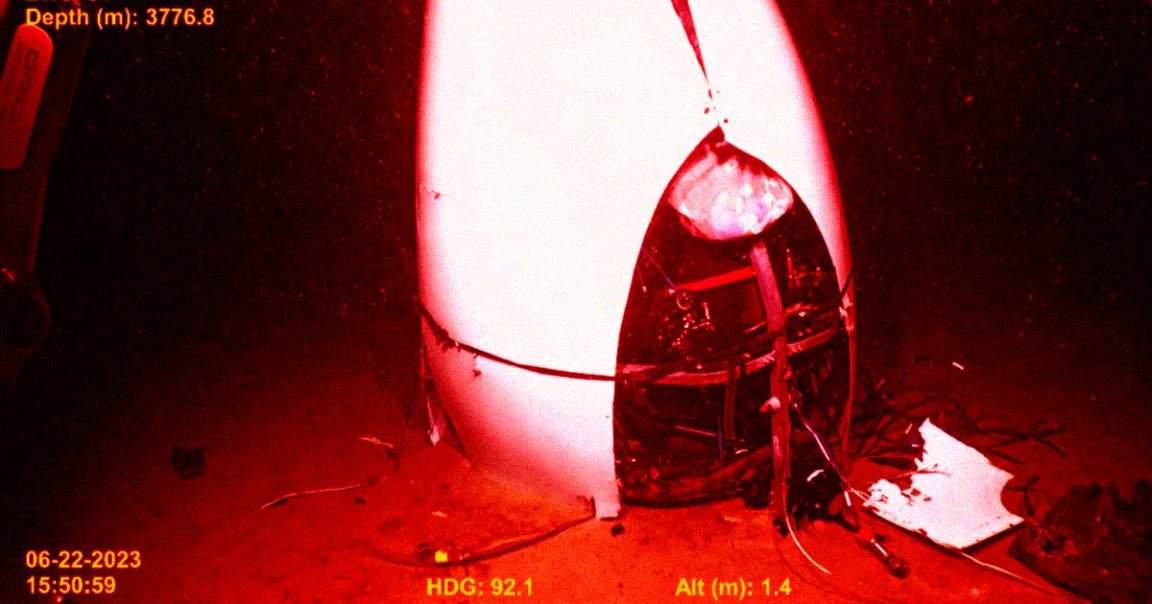
Crises Averted
It’s been well over a year since OceanGate’s Titan submersible imploded on its way to visit the Titanic shipwreck 12,500 feet below the surface of the Atlantic, killing all passengers on board.
Now, ongoing public hearings by the US Coast Guard have brought several new damning details to light, highlighting questionable decisions that led up to the disaster.
If it would’ve been up to OceanGate, which shut down quickly after the tragedy, there would’ve been many other submersibles just like the Titan exploring our planet’s oceans.
According to a new testimony by cofounder Guillermo Sohnlein, the venture intended to develop a whole fleet of four to five deepsea submersibles, each capable of taking up to five passengers to depths well below the wreck of the Titanic — a terrifying prospect, given the company’s shoddy track record when it comes to safety.
“We wanted to give humanity greater access to the ocean, specifically the deep ocean,” Sohnlein said, as quoted by CBS News.
Safety Third
Sohnlein left the company ten years before former CEO Stockton Rush, alongside four other fellow passengers, passed away after the Titan submersible imploded before reaching the Titanic shipwreck last June.
The ongoing public hearings have brought to light a number of grim details, including one of the final messages the doomed crew sent to its support vessel above the surface: “all good here.”
The Coast Guard has also shared footage of the submersible wreck’s tail cone and its imploded crew compartment.
During her testimony, former contractor Antonella Wilby described the Titan crew’s convoluted way of tracking its position in the water, which involved handwritten notes in a notebook and an Excel spreadsheet.
Despite the details the hearings have surfaced so far, Sohnlein defended Rush, arguing that neither of them “were ever driven by tourism.”
“We were never motivated by going somewhere that people had already been before,” he said during his testimony. “The reason we got into this was because we both wanted to explore.”
Sohnlein also told CNN last year that safety was a top priority for OceanGate — directly contradicting Rush’s well-documented and often blatant disregard for safety.
More on OceanGate: When You Hear How the Doomed Titanic Sub’s Sonar System Worked, You May Die of Secondhand Embarrassment